Please contact us!
En
Welcome to Dream garden playground. Here is a list of Top 13 Tips Before You Import indoor play Equipment—Do NOT Buy Before Reading This! This set of tips will teach you what to expect and avoid any mistakes.
1. The Costs of Importing indoor soft playground from china
2. Calculating Taxes and Duties for indoor soft playground
3. Tax Calculation for indoor soft playground
4. Shipping Goods from China: by Post, Courier, Air or Sea?
5. Should You Use a Freight Forwarder for Your Shipping Management?
6. What Does Door to Door Delivery Mean?
7. How Much Does Shipping Cost from China?
8. How Long is the Delivery Time?
9. Can You Afford to Import?
10. The Risks of Importing indoor soft playground
11. Dealing With Exchange Rate Fluctuations
12. Dealing With Overseas Suppliers
13. Trading Terms
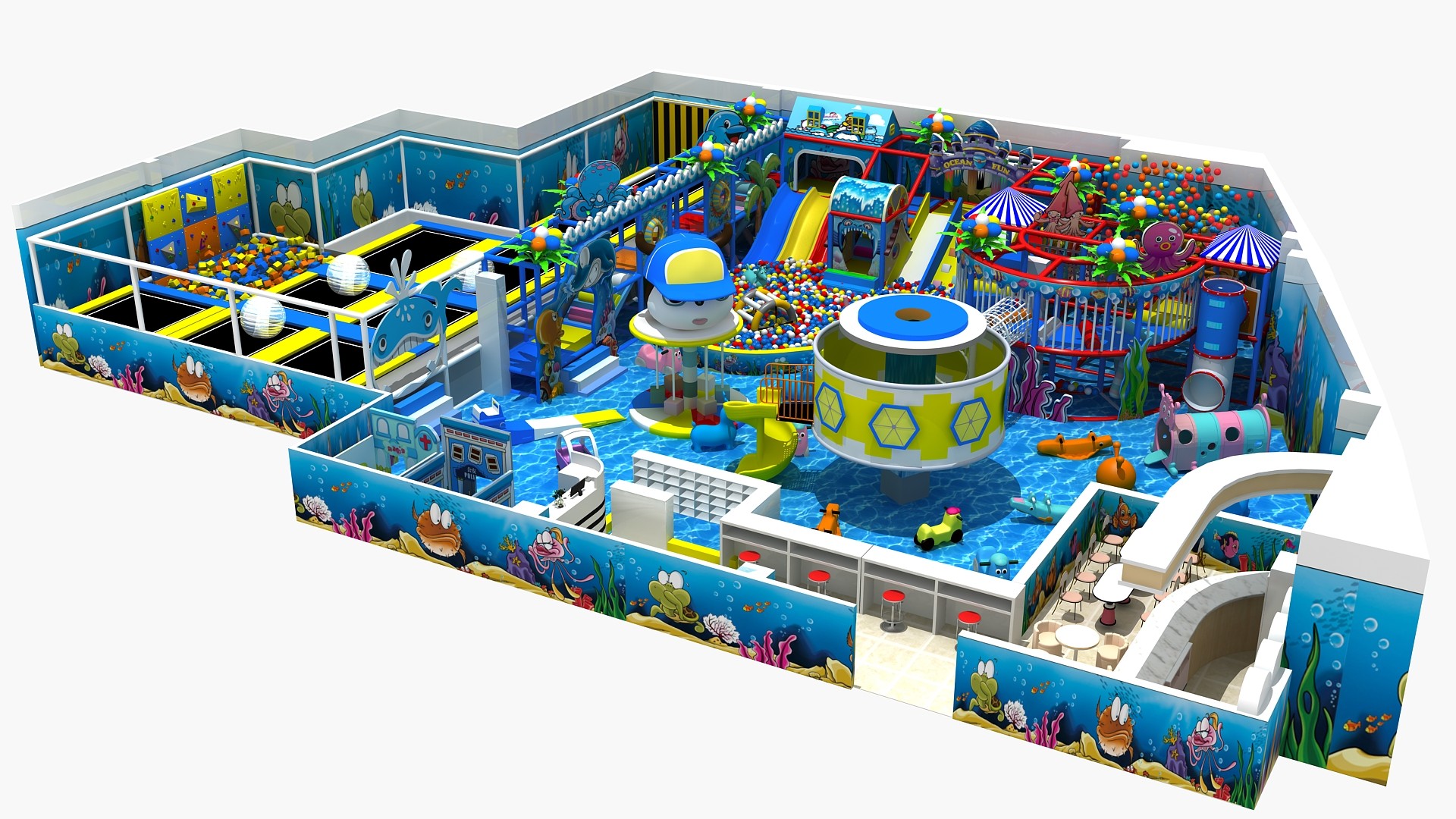
You'll need to find out all the fees you'll need to pay before you place an order with an overseas company. These import indoor soft playground costs could include:
transport and insurance costs (depending on the trade terms you negotiate)
GST
customs duties and levies
storage
finance charges
charges for services like the use of customs brokers or freight forwarders.
You'll probably need to identify the correct customs clearance tariff for the goods you want to import in order to find out how much you will need to pay in customs duties. You'll probably also need to supply the country of origin of the goods and the value (excluding shipping) to calculate the correct amount payable. Our HS code for indoor soft playground is 95069990,you can check with your local customs
In conclusion, if you're trading globally, landed cost is an essential factor in calculating shipping cost. Fell cost is the total cost of shipping a product globally, including purchase price, transportation fees, currency conversion, duties, and any other associated costs. Because of all the different variables, the landed cost can be hard to determine, which is what you need to see the actual profitability of your products.
Once you have an idea of the final landed cost of an item, you'll be able to check whether importing will be a cost-effective option for your indoor playground business. There are a lot of additional charges you'll need to pay, over and above the cost per unit from a factory overseas, and these can add up. You'll want to be able to make a reasonable return on an investment after all these costs have been taken into account.
It's a good idea to get your accountant, business adviser or customs broker to go through your calculations to make sure you've accounted for all the costs you're likely to incur.
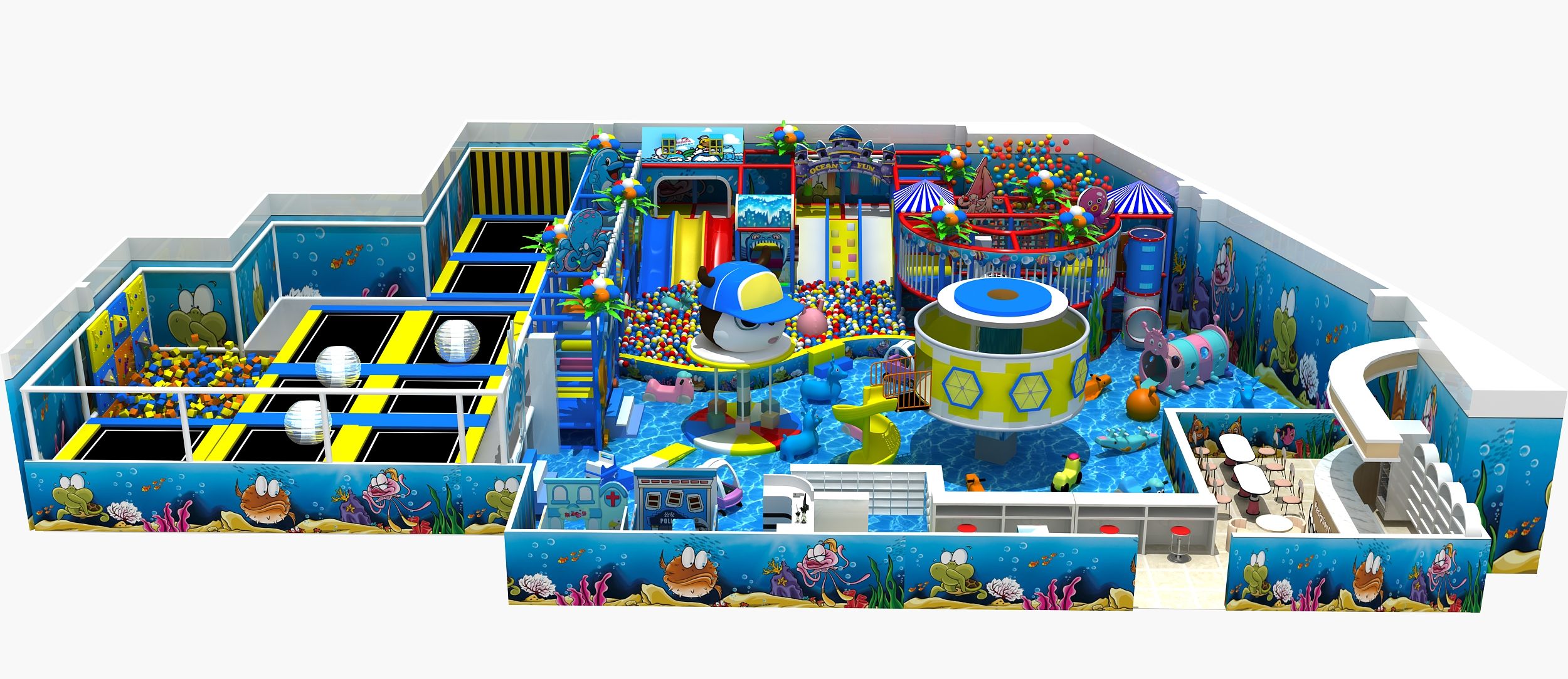
The International Chamber of Commerce's (ICC) International Commercial Terms is the most commonly used terminology for expressing pricing or risk-related issues associated with goods transit. The most frequently used when signing a contract are:
When shipping under EXW, the supplier is responsible for making the goods available and ready for dispatch when coming out of the factory. The carrier or the freight forwarder is responsible for the shipment from the reception of the assets outside of the factory up to the final delivery location.
When shipping under FOB, the supplier is responsible for forwarding the goods to the port of loading and onto the vessel. At this point, the responsibility is transferred to the freight forwarder until the final delivery location.
When shipping under CIF, the carrier takes care of freight and transport insurance to the port of arrival.
In China, the Organization of Maritime Transport is very picky. In general, the four common incoterms when shipping from China are EXW; FOB; CFR and CIF. To determine a price and the responsibilities of every party involved in an international shipment it is essential to understand what an incoterm is.
Most of the shipments from China are shipped under the same incoterms, which are EXW or FOB in general. FOB is especially appreciated in case of a close relationship between the supplier and local transportation companies that are willing to handle the first part of the shipping process (from the warehouse or factory to the POL). These long-lasting relationships between suppliers and local companies enable very competitive rates. As a result, this part of the transportation process is handled systematically by Chinese suppliers.
You should choose incoterms such as EXW or FOB, where (almost) all of your shipment will be handled and supervised by a team of dedicated professionals.
These two incoterms come with a pick-up from the factory/warehouse (EXW) or from the port of departure (FOB), which frees you from quite a heavy responsibility during the transportation process.
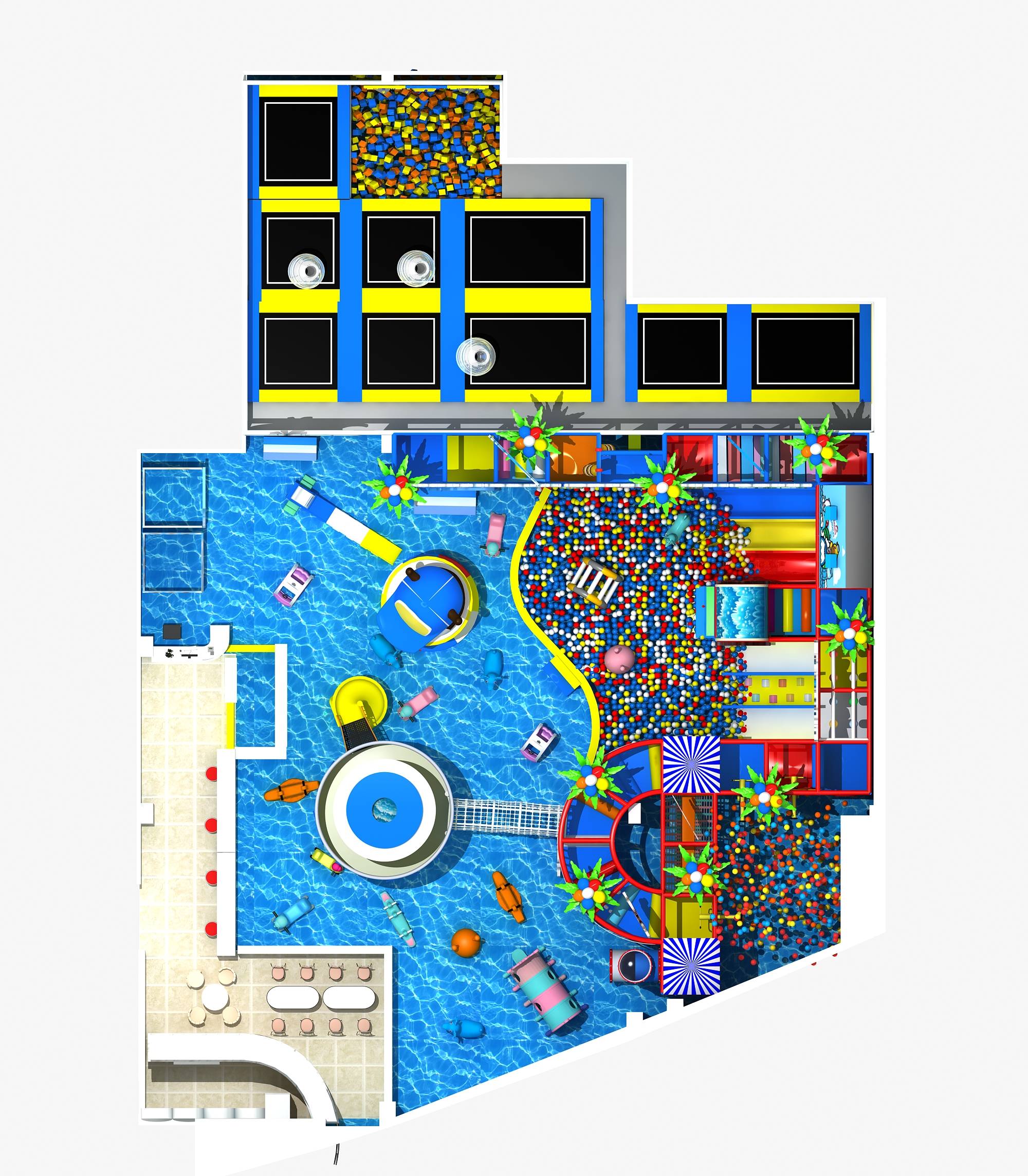
The amount of import tax and customs duties payable are calculated based on the price or value of the imported indoor playground, which is called Duty Paying Value (DPV) and is determined based on the transacted price of the goods. This includes transportation-related expenses and insurance premiums on the products before unloading at the port of arrival in your port.
Taxes, such as VAT or CT, are not included in the determination of DPV. Another relevant term is Composite Assessable Price (CAP), which is a combination of DPV, import duty, and CT if applicable.
The following formulae show how DPV and CAP are calculated:
DPV = Cost of indoor soft playground + Transportation cost + Cargo insurance
Import duty = DPV x Tariff rate
CAP = DPV + Import duty = DPV x (1+tariff rate)
VAT = CAP x VAT rate
To illustrate, suppose a USA company is importing indoor soft playground from Dream garden playground company and has signed a contract according to FOB pricing. Therefore, all the shipping and insurance costs would be borne by the USA buyer.
This means that the indoor playground Manufacturer's primary responsibility is to load the playground equipment onto the ship arranged by the USA buyer and clear the goods at customs ready for export.
ICC's Incoterms rules are the world's essential terms of trade for the sale of goods. Whether you are filing a purchase order, packaging and labelling a shipment for freight transport, or preparing a certificate of origin at a port, the Incoterms rules are there to guide you. The Incoterms rules provide specific guidance to individuals participating in the import and export of global trade daily.
Incoterms is an acronym standing for general commercial terms. Incoterms is a trademark of International Chamber of Commerce, registered in several countries. The Incoterms rules feature abbreviations for conditions, like FOB ("Free on Board"), DAP ("Delivered at Place") EXW ("Ex Works"), CIP ("Carriage and Insurance Paid To"), which all have exact meanings for the sale of goods around the world.
The latest edition of the Incoterms rules is Incoterms 2010.
Incoterms 2010 will remain in effect for those using them.
https://iccwbo.org/resources-for-business/incoterms-rules/incoterms-rules-2010/
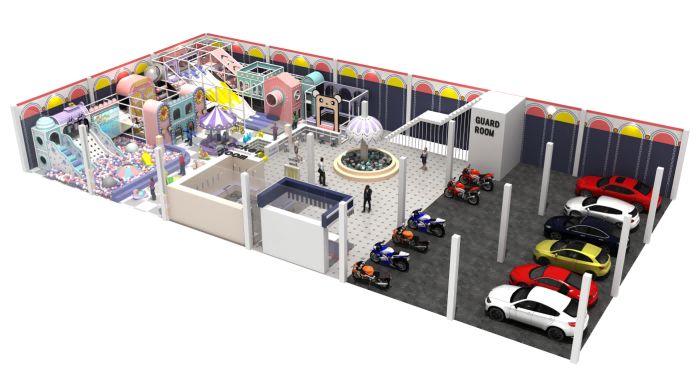
Sea freight services from China: The cost-effective option. While this option can take the longest (3-60 days on average depending on where you are located and where it's going), this is an ideal method of shipping for those who have a massive amount of goods to ship and can really be a great, economical choice assuming you have given yourself enough time to wait for the shipment.
This is one of the most used options in logistics because it's so flexible and can carry so many different types of goods and shipments. With this mode, you will also have to take care of customs clearance and documentation, and once your products reach the port, you will have to figure out how to get them from the port to your facility or warehouse.Large, bulky and extremely heavy shipments are common for this type of shipping.
Airfreight only takes a few days for a European-Asian route (for example, only 5-7 days for China-UK door-to-door) while this transit time goes up to at least one month by sea (40-45 days by sea freight for China-UK, door to door).

There are all sorts of shipping agents that would be happy to sign on as your shipping management to make sure your products get to where they are going promptly.
A lot of inexperienced importers will let the supplier manage all of the shipping and will tell them the shipping address and what port it needs to go to, and then will allow the indoor playground supplier to figure it out.
That can be good or bad. It's right in the sense that it's one less thing you need to worry about, but can be harmful because you may end up overpaying for your shipping.
Many larger groups have opted to take care of all the shipping arrangements internally so that they have full control over the process and the ultimate cost of getting the goods shipped.
They will usually end up directly booking space with airlines, trucking companies, shipping lines, etc., and they also deal with the customs declarations in both the importing and exporting countries.
Having to manage all of this yourself can be a lot to handle, mainly if you are unfamiliar with the practice or process.
You certainly can choose this option; however, just make sure you have a good process in place to follow up with your order and handle any unexpected things that come up.
You'll want to check in with the carriers frequently and know what questions to ask to figure out where your shipment is and where it's going.
If a problem arises, you will need to troubleshoot the issue and figure out what to do to minimize the impact it has on your business or your budget.
Most people realize that they don't have the bandwidth to deal with all of this themselves and they know that their time is most valuable – and most enterprises simply don't have the resources to try to deal with everything themselves.

Door to door delivery is the most common and convenient way of shipment for the customer. In this case, the customer is free of all the arrangements related to the sea freight container shipment. We are in charge of the entire process, beginning with container loading through delivery to the port and up to arriving at the destination.
Door-to-door services are end-to-end logistics services that allow transporting your goods from your warehouse/factory/ home to the agreed final destination. These services, also called "all-in" transportation solutions will enable each customer to entrust his goods to a professional for a successful and efficient shipment.
As part of these services, you choose both the pick-up and delivery locations. The staff in charge of your shipment take care of your goods fully from beginning to the end, based on your requirements and recommendations:
You choose the pick-up location: supplier's factory, warehouse, port or international airport.
You choose the final delivery location: your warehouse, your customer, or your house.
These services come with all the complex administrative procedures to respect (customs clearance etc.) and enable you to get your goods delivered with complete peace of mind.
Door to Door Services Step by Step Guide
The transfer of goods from the indoor playground supplier's factory to the freight forwarder's warehouse is called the "Export Haulage". This first step generally includes the use of one or several trucks (possibly trains), and usually takes only a few days depending on the distance to be travelled.
The party responsible for the logistics organization and the payment of transport for export will depend on the agreement between the supplier and the buyer. If the agreement stipulates that the buyer is responsible for the shipment, then the buyer must arrange the transportation of the goods from the factory to the agreed final destination.
On the other hand, if the agreement stipulates that the buyer takes responsibility for the transport half-way, the sender will be in charge of the shipment from this first step.
Customs clearance for export is required by the authorities of the country of origin to register all cargoes leaving the territory. Customs clearance is carried out by an authorized customs broker. A document carefully declaring every item contained in the shipment is required, as well as other supporting administrative records (e.g., Chinese export licenses).
The handling of the goods before departure comes with several tasks to be performed by the freight forwarder or the agent. The freight forwarder receives the products after unloading the truck for a detailed inspection of the shipment. The cargo will be accepted after inspecting the packing and controlling all the administrative documents.
Once the shipment has been accepted, it is stored in the warehouse and loaded into a container for transfer to the agreed port/airport of destination. The goods can be loaded onto one or several vessels depending on the total volume of the purchase. If the amount is insufficient to fill an entire box, the purchase will be loaded into a shared container with goods from other customers to reach the same final destination port. This is what we call LCL shipments (less than a container load). A few days before departure, the multiple shipments are packed in the container and transported by truck to the port/airport. The box is stacked with other boxes to be loaded on the same vessel.
The authorities require import customs clearance on arrival for all goods entering the country. This step consists of declaring the products and their values to determine the amount of the duty payable (in case there is no exemption).
Customs clearance consists of presenting all the required documentation to the customs authorities to get the cargo released and move on with the process. The customs clearance process can even begin before the shipment reaches its destination, and must be over before the purchase crosses the country's trade barriers.
Cargo is considered as entering the country when it crosses the border and leaves a customs zone (or international zone). A freight forwarder, its agent, or a designated customs broker may perform the customs clearance as long as they hold a valid license. The person in charge of the customs clearance should receive all the documents required to get the process started.
Usually, the process can be started with scanned copies of the papers, even though some authorities require originals before they can fully complete the process. Unless the Incoterm DDP is applied to the shipment (Customs Duty Paid), it is the buyer's responsibility to arrange and pay for customs clearance. Often, it is easier to let your freight forwarder or the agent clear your shipment, as long as they have all the necessary documents.
Multiple tasks must be completed once the cargo reaches its final destination. It begins when the shipment is received, and the documents are being verified by the agent there. Then, the container is taken out of the storage unit at the port and transported to the destination warehouse, where the cargo is inspected and sorted for delivery or collection.
The transfer of the cargo from the warehouse to the consignee's address is designated as "destination or import haulage". One or several trucks (sometimes even a train) are hired to transport the goods to the warehouse. This step can take a few days, depending on the distance.
In a door-to-door service, the transport is carried out by the forwarder who takes care of the final delivery. The customer can also pick up the goods at the freight forwarder’s warehouse and then handle the last delivery on their own. Usually, individuals/companies operating on a tight budget opt for this solution, which is cheaper.
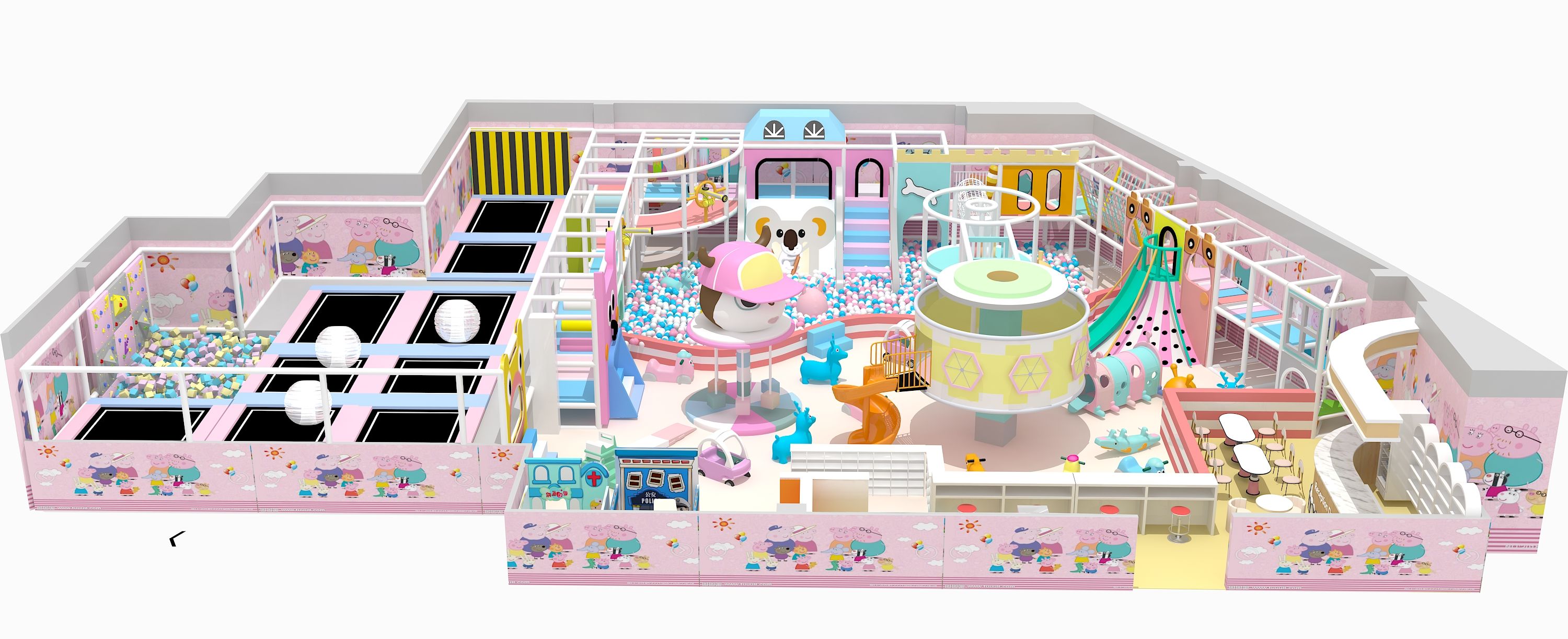
Shipping costs depend on origin, destination, service, package weight, and other considerations.
Along with the size of your package, its weight factors heavily into your shipping cost. Heavier packages cost more to ship.
The size of the package is a critical determining factor of your shipping rate. As a general rule, the bigger the box, the more it costs to ship.
To better meet the needs of each client, several variations of rates and services are available. In this way, you can choose between two main option regarding sea freight:
offers two types of full containers:
The 20 feet, with an internal capacity of 33 cubic meters
Or 40 feet, able to carry up to 66 cubic meters.
This solution ensures a safe and reliable shipping process, as your container will be sealed from the departure to the final destination address.
This option is more cost-effective for lower volumes, as only one part of the container will be used for the transportation of your goods. This solution allows you to reduce your shipping costs significantly. Your products are loaded in the box alongside those of other customers, and you will end up paying only for the space you need.
LCL is recommended for a volume between 0-15m3. However, it may vary depending on the port of departure.
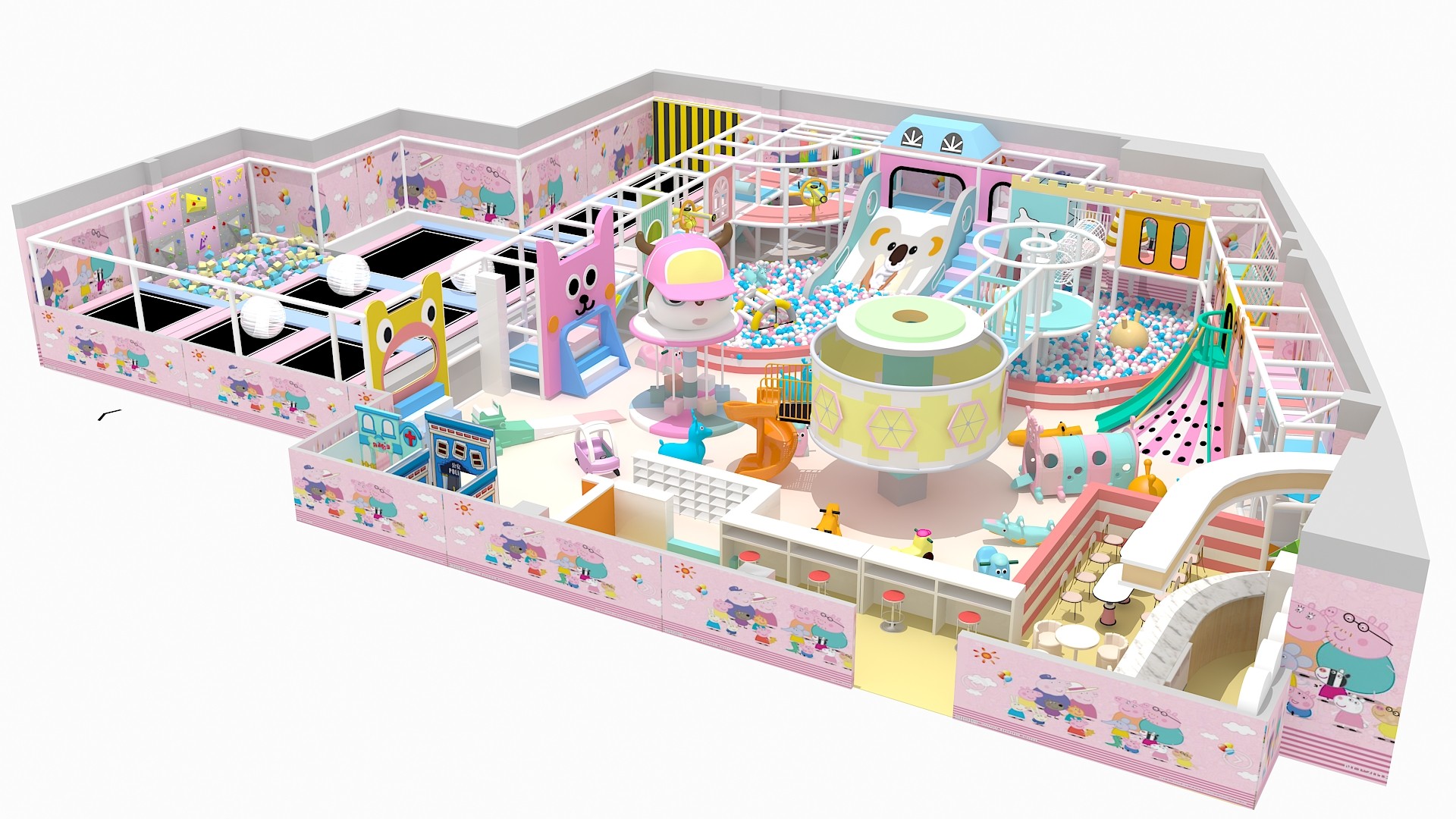
How are shipping & delivery dates calculated? That delivery date may become unavailable within that window of time due to changes in inventory or delivery capacity before you place your order.
It could be anything between 12 and 60 days, all depending on which country you're shipping to and which shipping method you choose. Your order will be delivered within 60 business days. We process and ship your order in the most cost-efficient way possible so we can pass the savings on to you in the form of free shipping.
If you live in an area experiencing an unexpected service delay (severe weather, natural disasters, unscheduled events, etc.), please add at least 2 to 3 business days to the estimated delivery date of your order.
The transit time is calculated using business days, meaning Saturday and Sunday don't count toward the transit time. Holidays are also taken into account when calculating the transit time.
Generally, however, if you are importing goods from one of the main ports in China to Los Angeles or Long Beach, you're looking at approximately two weeks on the water. However, don't expect your goods to be in your hands within 14 days.
International freight is complicated, particularly when choosing between different shipping modes.
This international freight shipping transit time calculator gives estimated shipping time for blended inland trucking, air, and ocean freight, to provide a comprehensive freight shipping time estimate.
The estimated delivery time is only for a reference and may differ from the actual delivery time. Please make your judgment according to the exact condition.
It's essential to make sure you can afford to finance the cost of importing. Importing is cash intensive for two reasons. The first is that given the high shipping or transport costs, it's more cost-effective to place a few larger orders rather than some smaller orders – so import orders are often large, and therefore expensive.
The second reason is that importing ties up working capital. The person you're buying from will either ask for payment upfront, or ask for a letter of credit or some other payment guarantee from your bank. This means you can't access the money or use it to run your business in the time between placing the order and paying for it, which can spread over many months for some orders.
Run a cash flow forecast to make sure you can still afford to run your business effectively while you have money tied up for import orders. Speak to your accountant, bank manager, or financial adviser to double-check you haven't overlooked anything important.
There are more risks associated with importing than buying locally, and you need to be aware of these to manage them effectively. These include the following quality and delivery concerns:
The distance between you and your supplier can be significant. This means it is harder for you to check on, or deal with issues like quality control.
The delivery distance is further, and the delivery time longer, which makes returning goods harder.
Because of the time it takes to deliver, you might end up in a position where you have to accept inferior goods, simply because you can't source the right quality replacement product in time if your supplier lets you down.
You'll need to take care to find reputable suppliers and only place orders on terms that give you cover against non-delivery, and include penalties for late delivery or for goods that are not up to standard. It also pays to have alternative suppliers, so you have a back-up if you need it.
Exchange rate fluctuations are another potential risk you could be exposed to as an importer. You're probably buying goods priced in a foreign currency, which means exchange rate fluctuation can affect the final amount you'll end up paying in US dollars.
The cheapest supplier is not necessarily the best supplier to deal with for imports. It's more important to find a reputable supplier. You want to find a supplier who you're reasonably sure:
won't disappear overnight with your cash
will deliver on time
will provide the products you have specified and at the level of quality expected
will keep you informed if there are any problems or delays
Ask to see a list of customers that your potential supplier suppliers and contact them for references. Do a credit check on the company, and if you can, spend the money to physically
visit them and inspect their premises, plant, and the quality of their output. If you're not able to arrange a site visit, at least insist on samples before placing your order.
Dealing with suppliers in a foreign country often involves a steep learning curve. You might be dealing with people who don't speak the same language as you, and whose culture and values differ from yours. The potential for misunderstanding and miscommunication is much higher than when dealing with local suppliers.
Before you sign an import order, you'll need to understand the trading terms used by importers and exporters, and you'll need to be sure that both parties have the same understanding of these terms.
Getting to grips with terms like EX (ex-works or ex-factory, warehouse, or plantation), FAS (Free Alongside Ship), and FOB (Free on Board) is not as difficult as it might first seem. The International Chamber of Commerce has developed standardized rules for the interpretation of trade terms called Incoterms.
Incoterms 2010 is currently used, but a revised edition, Incoterms 2020, is expected to come into effect in 2020. Your bank's international trade department, a freight forwarding agent or your local Chamber of Commerce should be able to help you with this.
Copyright Wenzhou Dream Garden Amusement Equipment Co.,Ltd | Sitemaps|Xml
|Please contact us!

